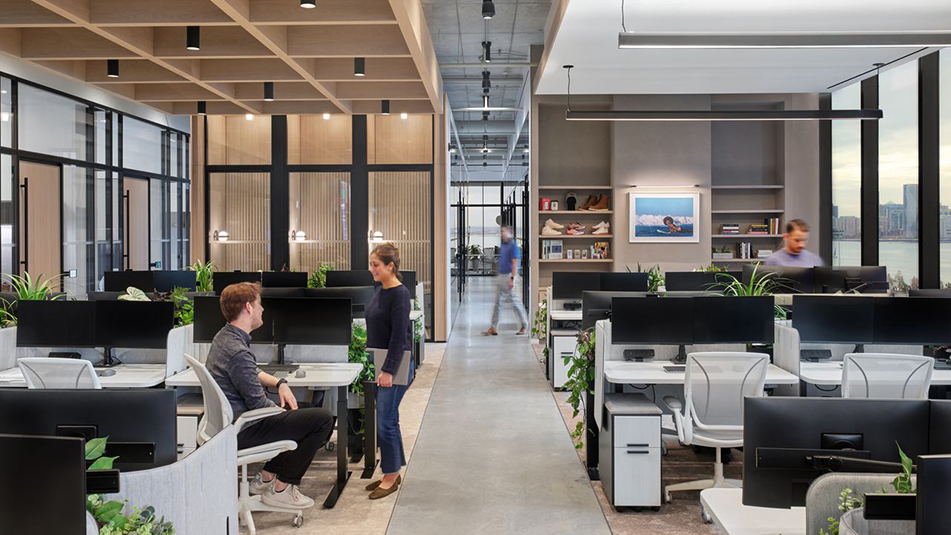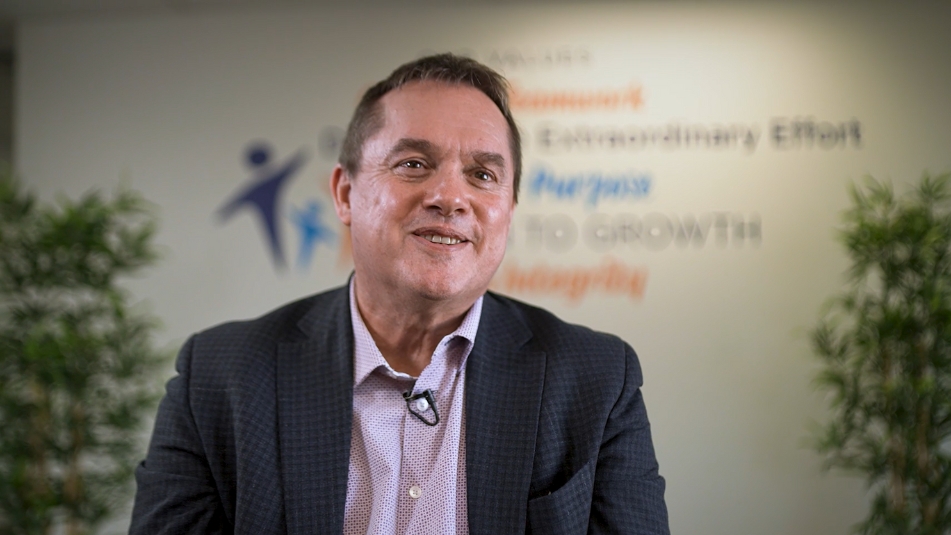Portland (& Oregon, Really)...Home To The CPG Real OG'S
When people think of Portland, most will highlight our great food and beverage scene, our center of influence in the footwear/apparel/outdoor industry, and some geographical facts about how close we are to Mt. Hood and to the Oregon Coast. That’s all pretty good stuff, but relatively surface. When you begin to peel back the onion beyond the headline-makers of Nike, Intel, Columbia, Adidas, Resers, Stumptown and others, you realize that the consumer product industry in Portland is as deep as Crater Lake! We have some amazing makers, founders, leaders, visionaries, entrepreneurs, creatives and investors that contribute, live and breathe in Portland, and around the state. From making cheese, to coffee, to wine, knives, technology, apparel, medical devices, tables, beauty products and everything in between, the consumer product goods (CPG) ecosystem in Portland is one of the most robust.
We’ve had the opportunity to take a deeper dive into the CPG industry to get a sense of size, scale and impact these groups not only have in town, but globally. With that following and consumer driven nature, and the fact that these teams are physically BUILDING products, it requires a place (real estate) to aid in the development, manufacturing and distribution of the products themselves. That’s where we thought there would be an interesting project to undertake; illustrate the real estate landscape for these CPG companies of all stages (startup, growth, mature) to get a better understanding of what the real estate and cost impacts may be based upon location preferences. A major impact that many may not know is, real estate is typically the second largest expense item for a company after personnel, which means cost and location of real estate can be a true inhibitor, hindrance or positive catalyst to all. The ultimate goal is to find space and location that best matches the goals of the business. This is precisely why we are starting to see million square foot industrial buildings being developed all over the country…. it’s critical to the success of “big A” Amazon. Last mile logistics/supply chain is critical to getting the things we desire within 1-3 days. The expectations we now have are insane! Same goes for retail, office, warehouse, manufacturing, etc. The old adage of “location, location, location” remains true. In order to compete to retain and recruit talent, a software company may decide to be in the heart of the city with public transit, surrounding amenities and flexible work arrangements. For makers, manufacturers and distributors, the metrics may be different. Close to thoroughfares, logistical ability to receive 53’ trailers, dock and grade level doors, high warehouse ceilings for material handling, cranes, etc. Every industry and every company have their own critical metrics.
Specifically, as it relates to the CPG industry in Portland, we embarked on a project that will help to highlight where many of the existing CPG companies reside, along with providing a relative overlay or corollary for the real estate costs in each of those areas. Among the many other things that people think or hear about in Portland is the increased cost of living (though still better than our neighboring brethren Seattle and Northern California), including the cost to lease or buy real estate in the metro. For ages the Central Eastside Industrial District of Portland was the haven for manufactures and other creatives alike, and while that hasn’t gone away, the amount of redevelopment and new development on the east side of the river have raised real estate prices significantly. The seemingly edginess part of Portland is quickly becoming the place of interest, and with supply and demand economics, is driving prices for typical warehouses and maker spaces to the moon. While industrial vacancy rates remain very low, out markets like Airport Way, Tualatin, Beaverton, Clackamas and others continue to be lower-cost options, BUT…they don’t have the “vibe” of close-in Portland (NW or Central Eastside). When it comes to bottom lines, cost and margins in running sustainable and successful businesses, it’s critical to at least understand the real estate options, paralleled with the geography.
To provide some examples, please see the impact map below:

We began this exercise after having a very thoughtful discussion with Mitch Daugherty of Built Oregon, and realized that many of the startups and mid stage CPG companies would find value in understanding a high level landscape of where many of the other CPG companies are located, and an associated cost matrix of what it may mean to you. If nothing else, maybe this provides some interesting data points to consider in the evaluation or strategic planning as you embark on 2020/2021. Nonetheless, it will give you a great appreciation of all the trusted/inspiring and well-respected companies that reside and create in our backyard!
While the above provides some context and reference points, we welcome the opportunity to continue being a resource for the CPG industry here in Portland, in whatever capacity is helpful!







